- Data Center is a repository that houses computing facilities like servers, routers, switches and firewalls, as well as supporting components like backup equipment, fire suppression facilities and air conditioning.
- Everything is literally virtualized and delivered as a service and the virtualization of data centers is the next logical step. The virtual layer is taking over in data centers, making them flexible, highly secure and extremely agile.
- Infrastructure and network, both are not just virtualized in a software defined data center but are delivered as a service also.
- Compute – The memory and processing power needed to run applications that are usually supplied by enterprise-grade servers.
- Storage – Data centers include primary and backup storage devices. They may be hard disk or even tape drives, but best-in-class facilities typically feature all-flash arrays.
- Networking – They contain a broad array of networking equipment, ranging from routers and switches to controllers and firewalls.

DCS
Data Center Solution
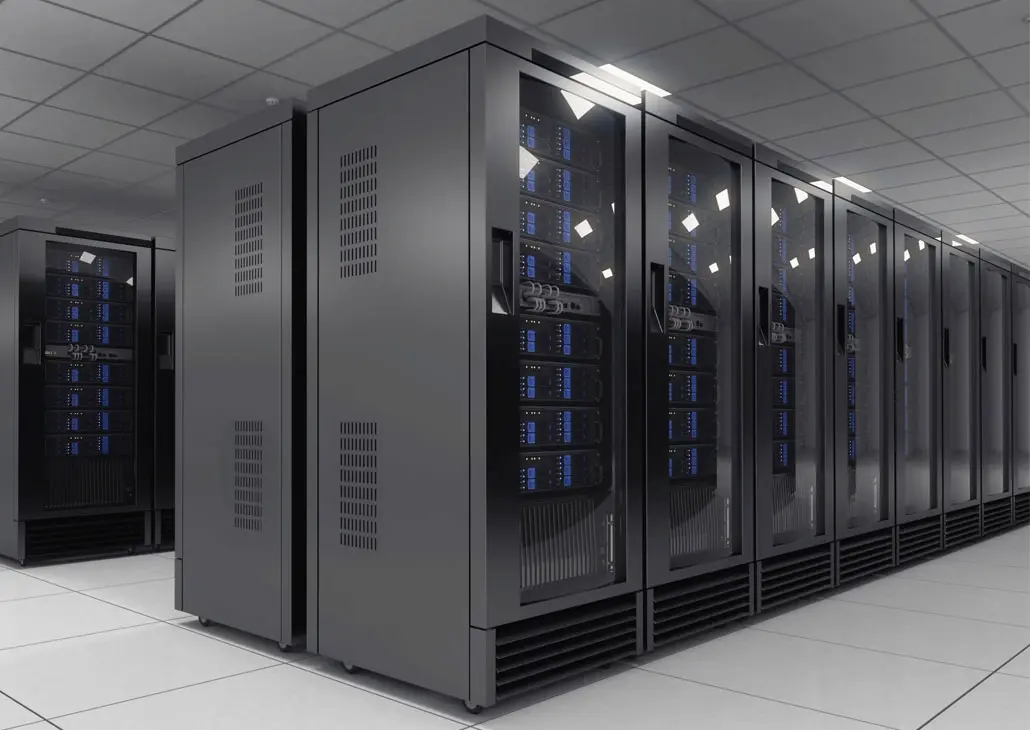
Power Management
- Data centers employ battery-based backup power systems able to compensate for short-term power outages and larger generators that can supply power in case longer commercial power grid outages occur.
- Identifying and analyzing power consumption across the data center on a modular level.
- Planning for capacity increment in line with the future data center requirements.
- Monitoring and upkeep of backup power resources (generators, UPS, solar, etc.)
- Optimize costs and performance by balancing on-premise and cloud-based applications.
- Monitor, automate and control your entire data center physical infrastructure.
- Data centers are dedicated facilities which support business critical IT servers.
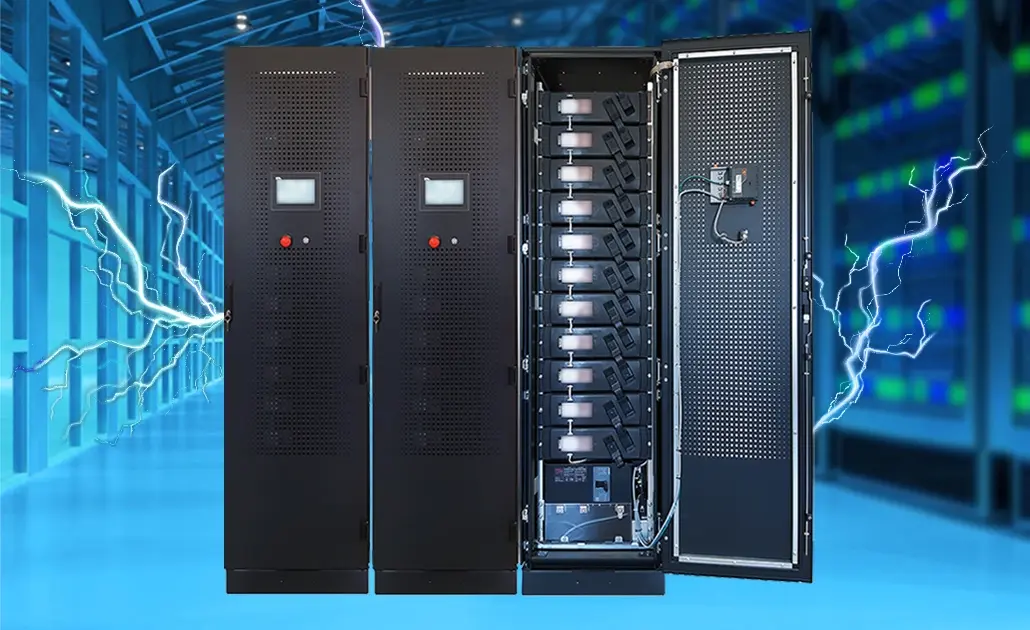
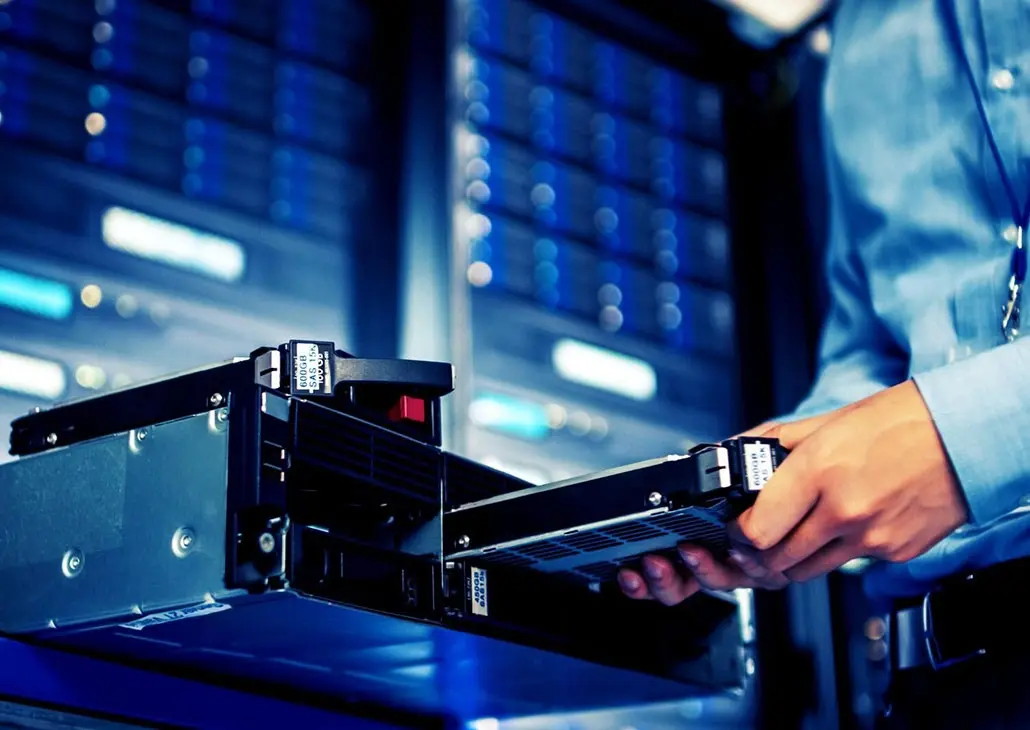
Rack and Accessories
- Protect critical electronics and equipment from adverse environmental conditions.
- Maintain a cool operating environment with versatile thermal solutions.
- Multiple climate control options.
- Lightweight, corrosion-resistant aluminum construction.
- High standard rack, reliable power distribution design.
- Powerful scalability of solutions.
Environmental Management
Temperature
- Temperature control is necessary to check if the equipment is operating within the recommended temperature range.
- Temperature sensors strategically located to provide a holistic temperature reading.
Humidity
- Humidity control goes hand in hand with overseeing temperature level.
- It is important to monitor humidity as an environmental control as its effects on equipment have the potential to be devastating.
Airflow
- Proper airflow within the data center is closely tied to the facility’s air conditioning system.
- Maintaining airflow will work in conjunction with temperature and humidity control, acting as a third regulator for consistency.
Power & Voltage
- We ensure an uninterrupted power supply to your facility. A consistent supply limits electrical failure.
- Through checking of electrical current, the need to power boot the IT equipment is organized. The monitors will prevent power failure and decreases the risk of damage.
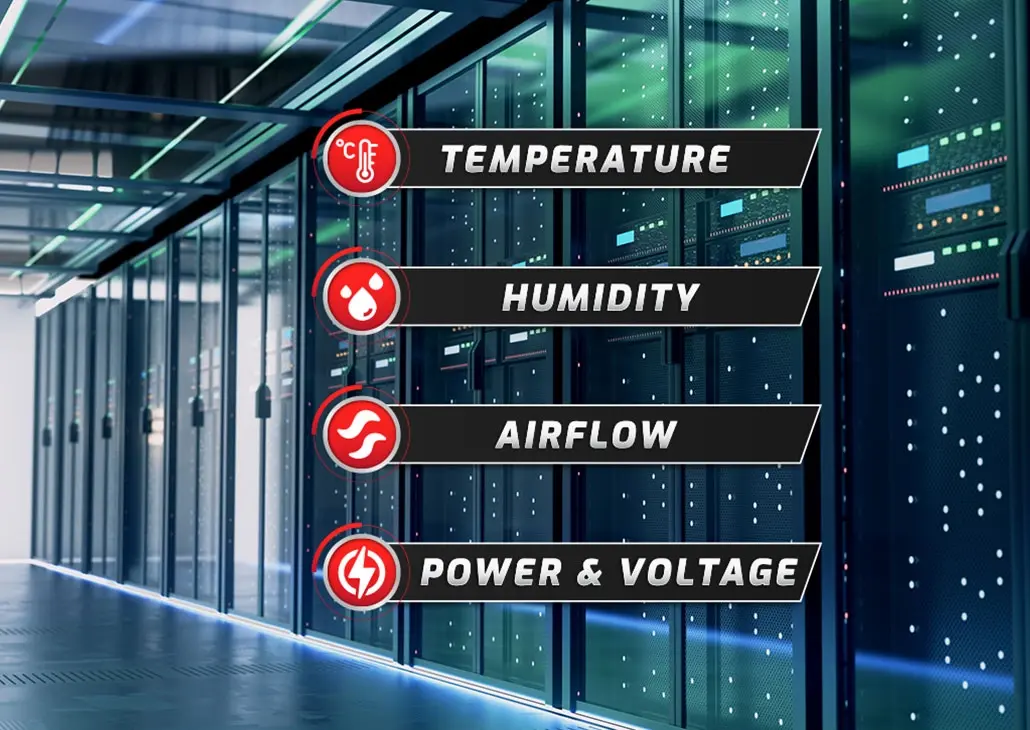
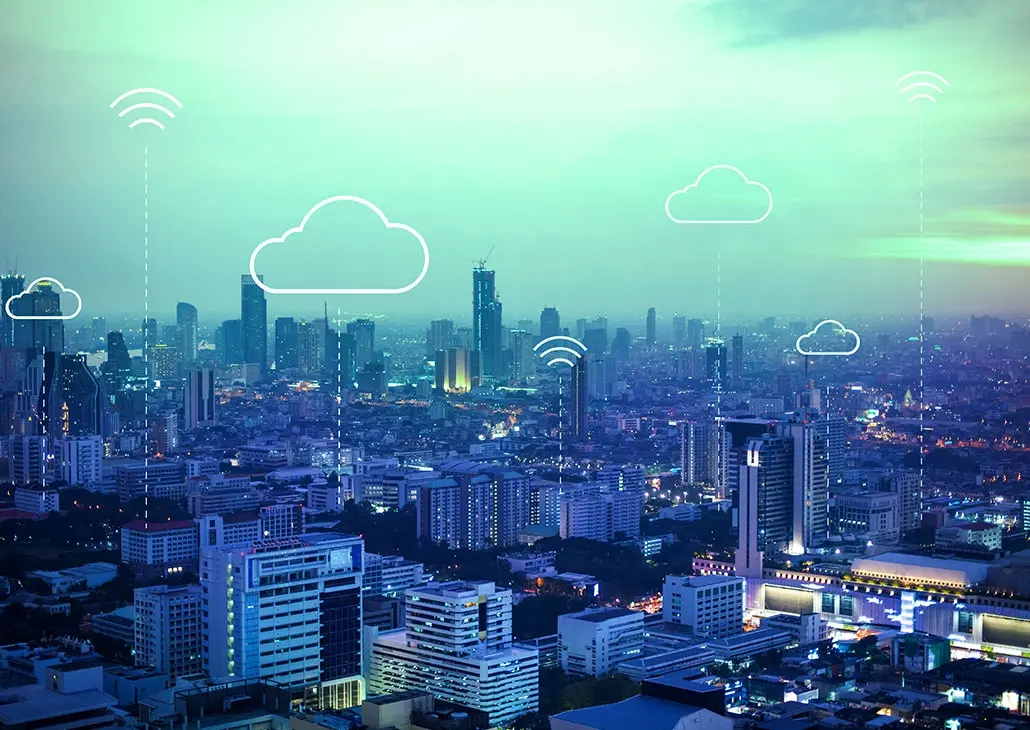
Cloud Data Center Management
On Premises Private Cloud
- On-premises is a proposed solution that runs or installed on the users / organization system, it might be supported by some third party.
- On-premises cloud infrastructure would be hardware that is related to cloud services or activities, that is nonetheless located on-site at the client’s physical business location.
- One of the essential benefits of cloud services is that vendors typically house all of the hardware in their own data centers.
- Cloud services are provided over the internet and clients typically do not need to have any physical hardware on-site or load software onto on-premises workstations.
Off Premises Public Cloud
- Off-premises has a different concept all together where the hosting and support is done by us.
- Off-premises solutions are usually provided as a hosted service and licensed on a subscription basis.
- Can subscribe to cloud services through the internet and all of the server activity takes place on the vendor's site.
- Off Premise, it is easier to implement and it takes less time to set up.